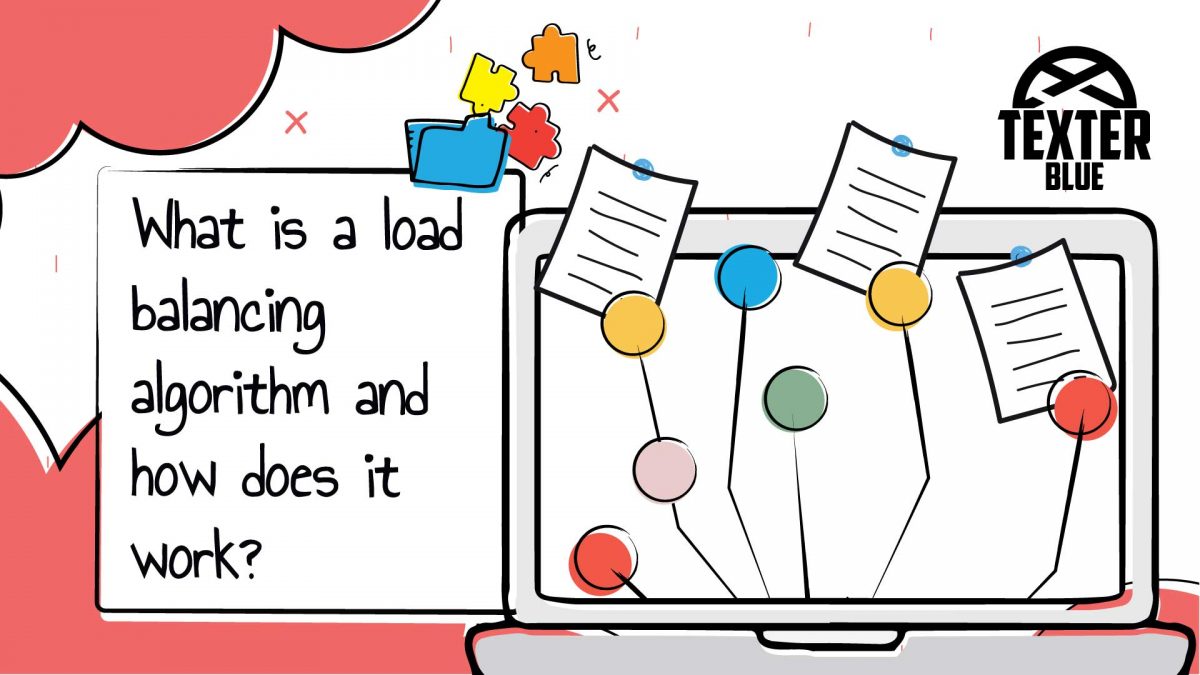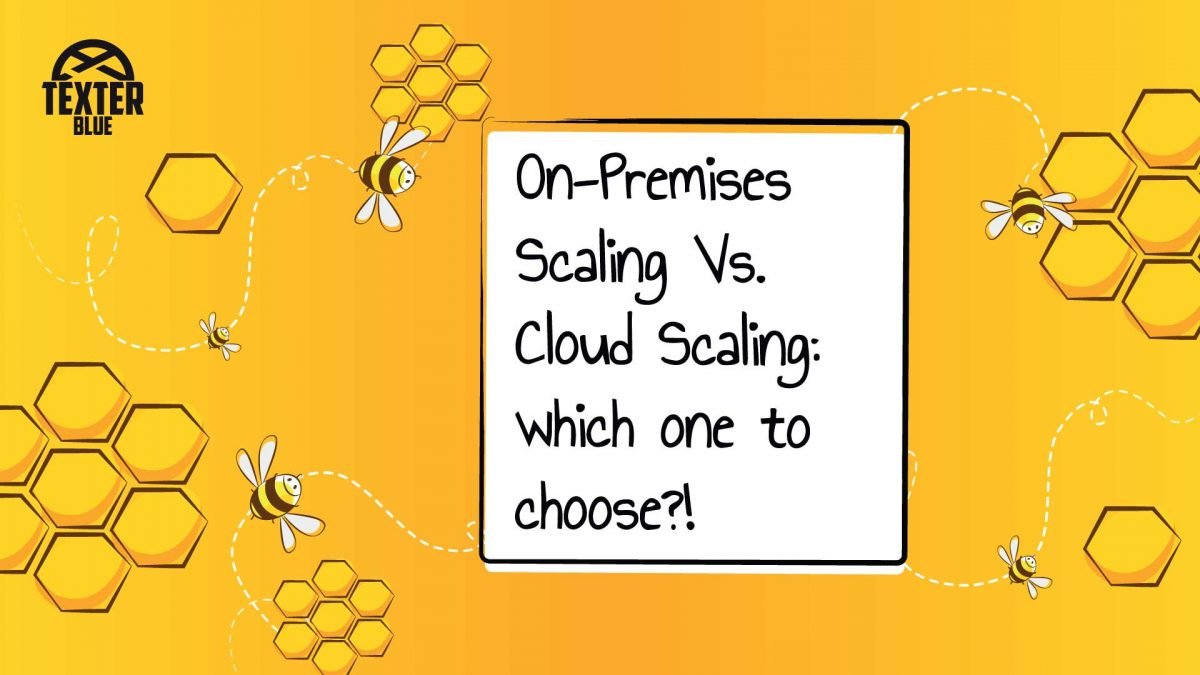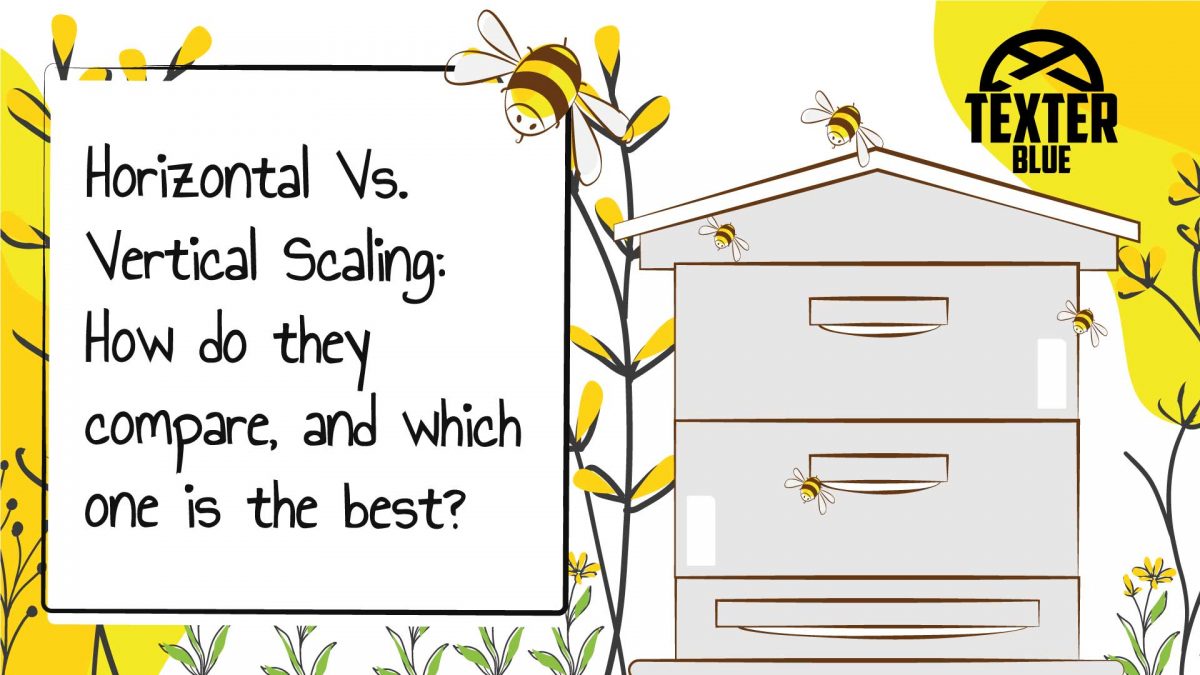A load balancer is a type of software or hardware device that prevents a server from becoming overloaded. A load balancing algorithm is the logic used by the load balancer to distribute network traffic between multiple servers. But how many types of load balancing algorithms there are, and does each algorithm work? Well, let’s see…



